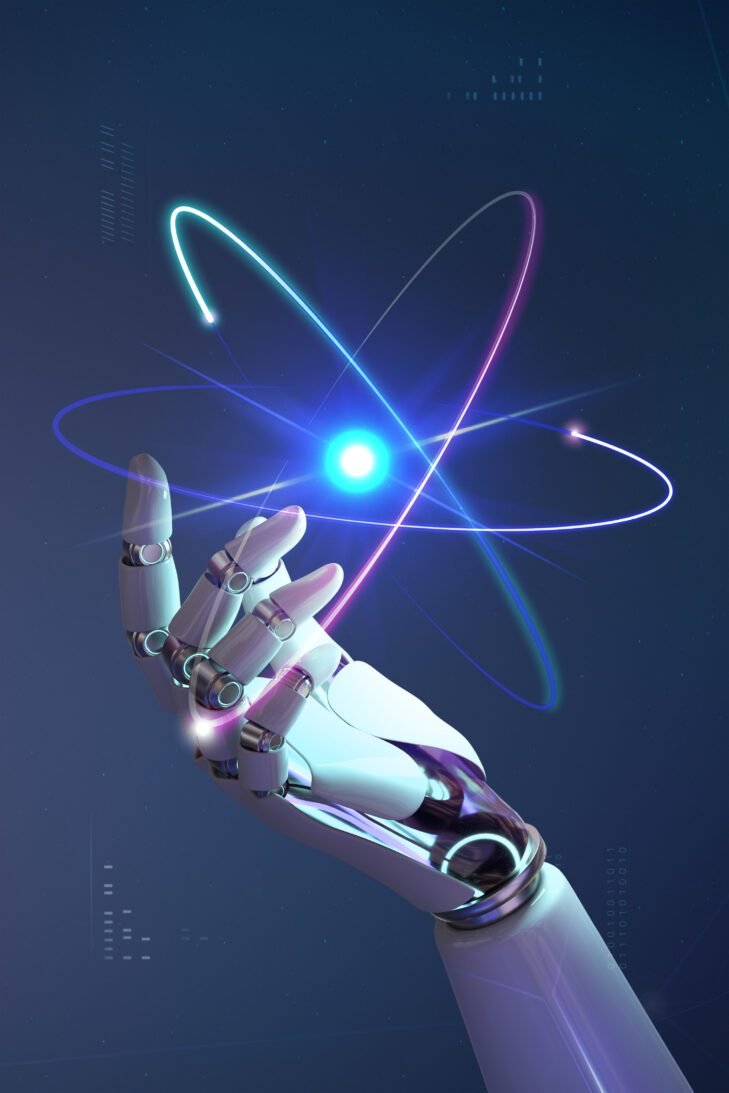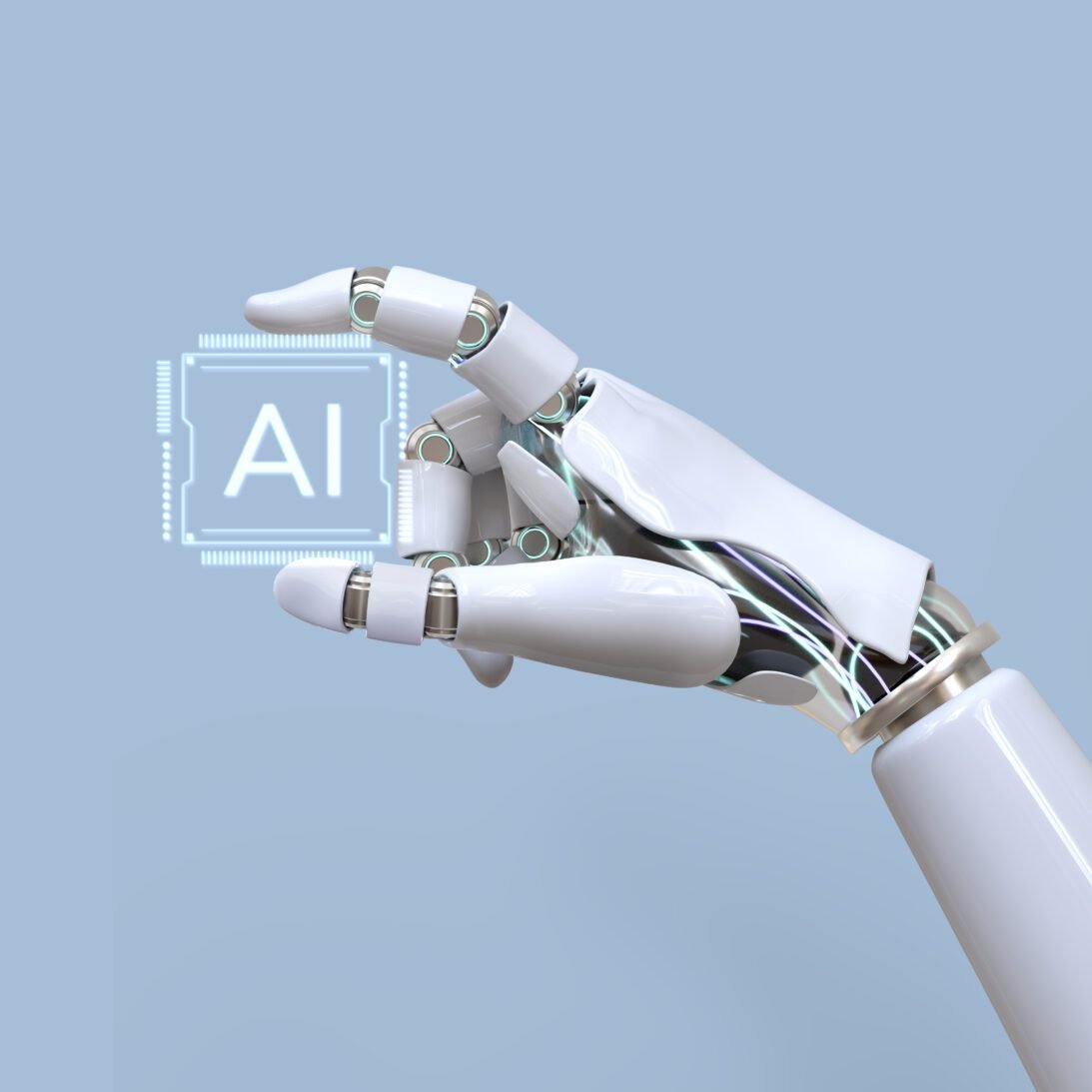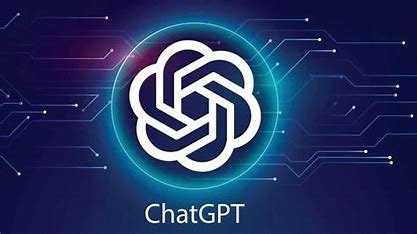What it Means That New AIs Can “Reason”

OpenAI’s new ChatGPT is better than ever — and more dangerous.
By Kelsey Piper, September 20, 2024
In the fast-paced world of AI development, OpenAI has recently released its latest model, o1, bringing us closer to AIs that can truly reason. With this advancement, we’re seeing a leap in the capabilities of large language models (LLMs), but as always, with great power comes great responsibility.

AI’s “Live” Thinking Process
A significant and often underappreciated feature of large language models is their ability to provide real-time reasoning. When you ask a question, the AI responds immediately, often producing answers as if it’s reasoning out loud. This gives the AI a human-like quality, but it’s also why LLMs can sometimes contradict themselves, even within the same response.
This behavior highlights the fascinating yet frustrating nature of AI reasoning. While they can seem intelligent, these models still require guidance for more complex tasks.
The Chain-of-Thought Breakthrough
One of the most promising techniques to enhance AI reasoning is called chain-of-thought prompting. This method encourages the AI to break down its thought process step by step before reaching a conclusion, similar to how humans “show their work” in problem-solving. Chain-of-thought prompting improves accuracy because the AI evaluates its reasoning as it goes.
For example, OpenAI’s new model o1, nicknamed “Strawberry,” incorporates chain-of-thought prompting by default. This makes it more reliable than previous versions. OpenAI reports that this model performs comparably to PhD students in fields like physics, chemistry, and biology. It even excelled in a mathematics qualifying exam, solving 83% of the problems, compared to just 13% in previous models.
The Dual-Edged Sword of AI Intelligence
While these technical advancements are impressive, they also pose significant risks. OpenAI rigorously tests its models for dangerous capabilities, such as assisting in the development of chemical, biological, radiological, and nuclear weapons. In their latest evaluation, the o1 model was flagged as a medium risk, meaning it could help experts with operational planning for dangerous tasks, though it’s not advanced enough to guide beginners in such areas.
The dual-use nature of AI — its potential for both beneficial and harmful applications — is central to the challenges facing AI researchers today. As AI development continues, it’s critical to implement policies that prevent misuse while maximizing societal benefits.

The Need for Improved AI Benchmarks
One recurring issue with each new AI advancement is how to measure its capabilities. Traditional benchmarks are becoming outdated as AI systems rapidly improve, often matching or exceeding human performance. This makes it difficult to assess the true extent of these advancements.
Despite AI’s impressive performance on tests, companies still struggle to translate these gains into reliable real-world applications. For instance, an AI bot may solve complex math problems but stumble over simple tasks like counting the letters in “strawberry.” Such inconsistencies present a significant challenge.
Want to learn how AI benchmarks have evolved? Visit AI Benchmark for more insights.
Incremental Improvements, Big Impact
While there may not be a single solution to fix all of AI’s issues, incremental improvements can have a massive impact on society. ChatGPT, for example, was only a moderate technical improvement over its predecessors, yet it quickly became an essential tool for millions worldwide.
Similarly, the o1 model could push us closer to an AI that’s not just a novelty but a truly reliable tool for daily tasks. As AI capabilities continue to evolve, it’s crucial to address their ethical and societal implications, ensuring that these technologies are used responsibly. Stay informed about the latest AI advancements by subscribing to Future Perfect’s newsletter.
As AI systems become more powerful, the work to ensure they are used safely becomes more urgent. OpenAI’s o1 model represents a leap forward in AI reasoning, but this progress demands careful oversight and responsible deployment. The future of AI development is promising, but we must navigate its challenges with caution to prevent unintended consequences.
Don’t miss my latest article on Ghana’s economic landscape! Discover how inflation has jumped to 21.5% amid rising food prices after a five-month decline. Stay informed on this critical issue that affects us all. Read the full article here!













